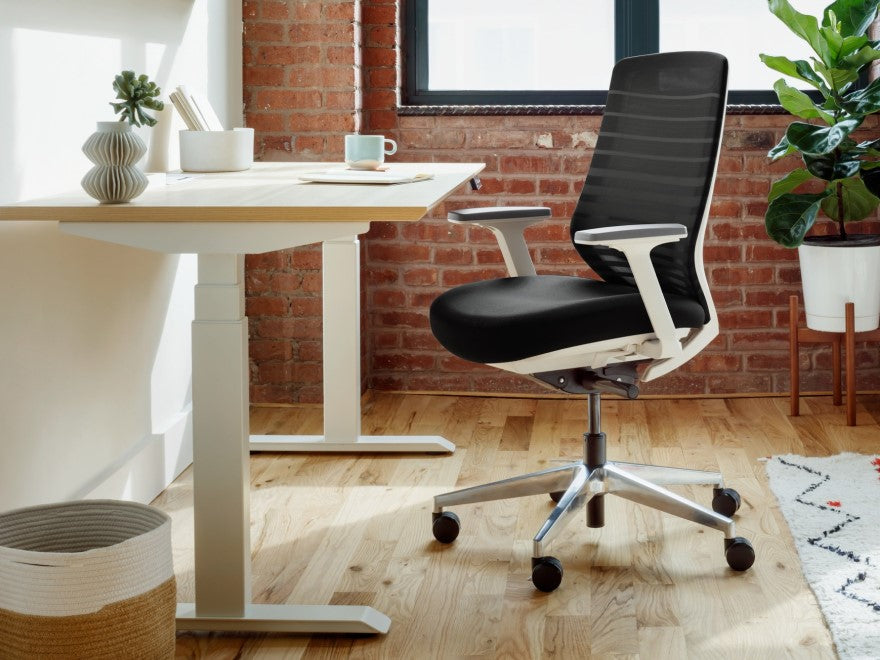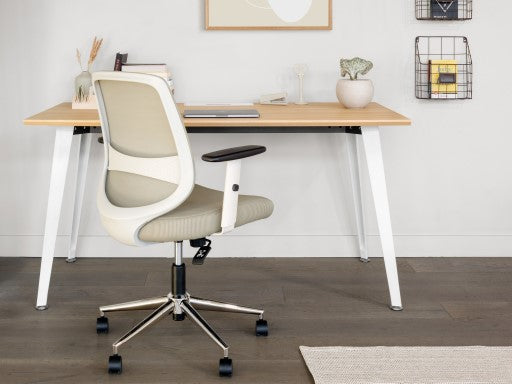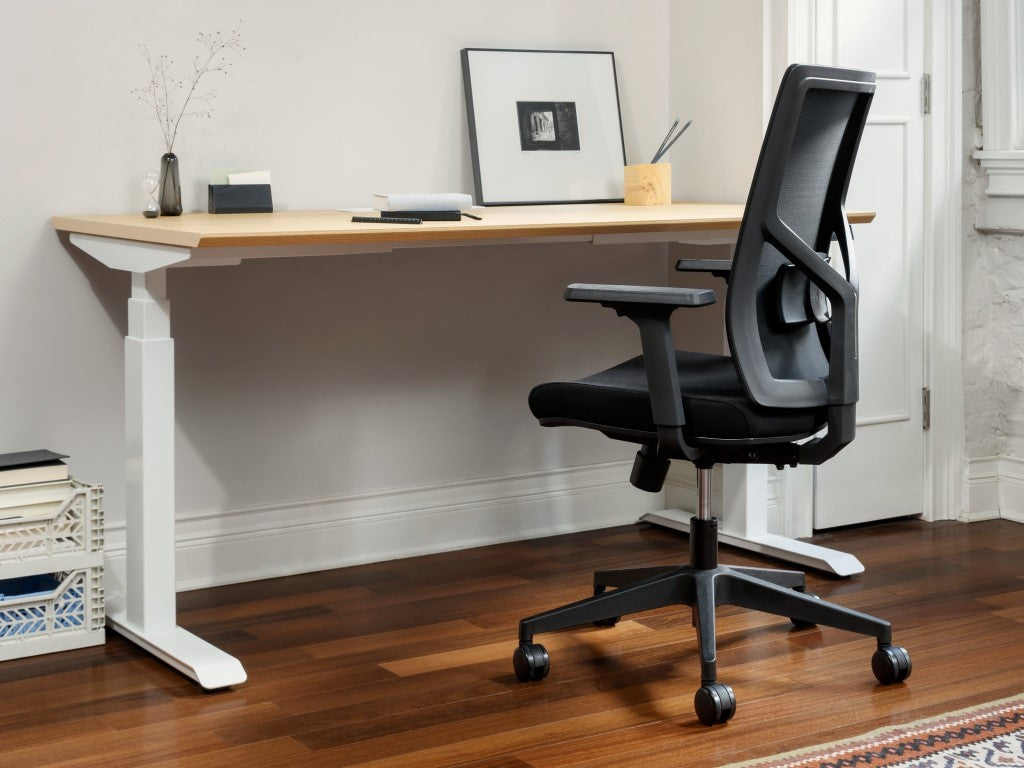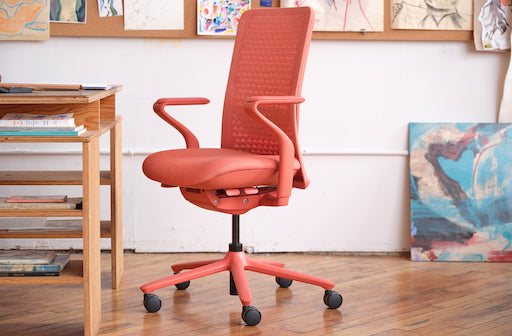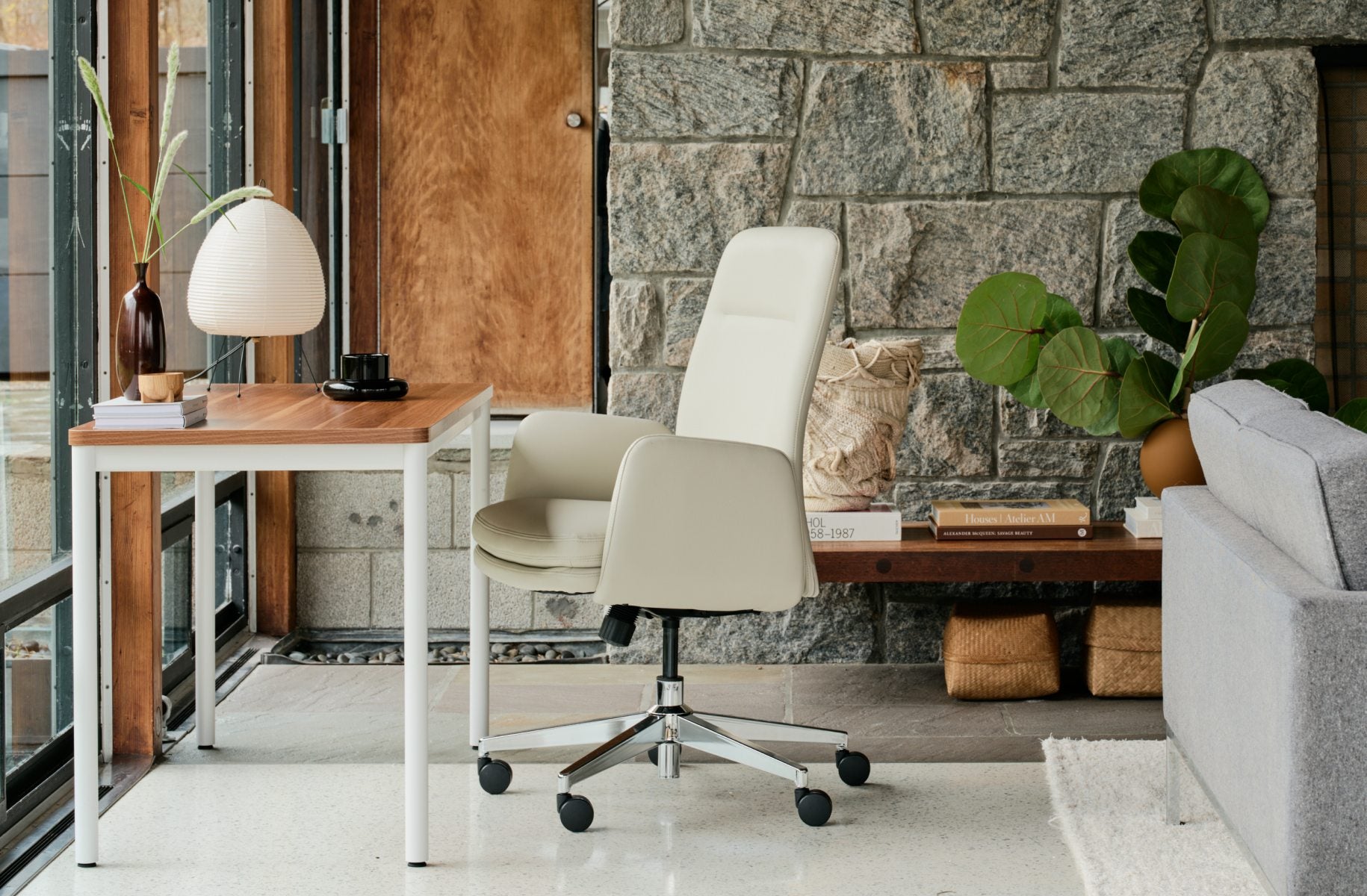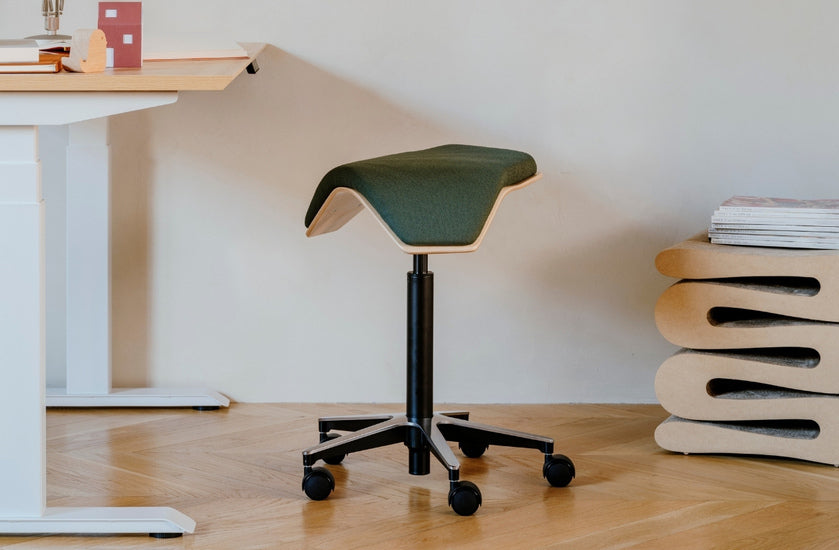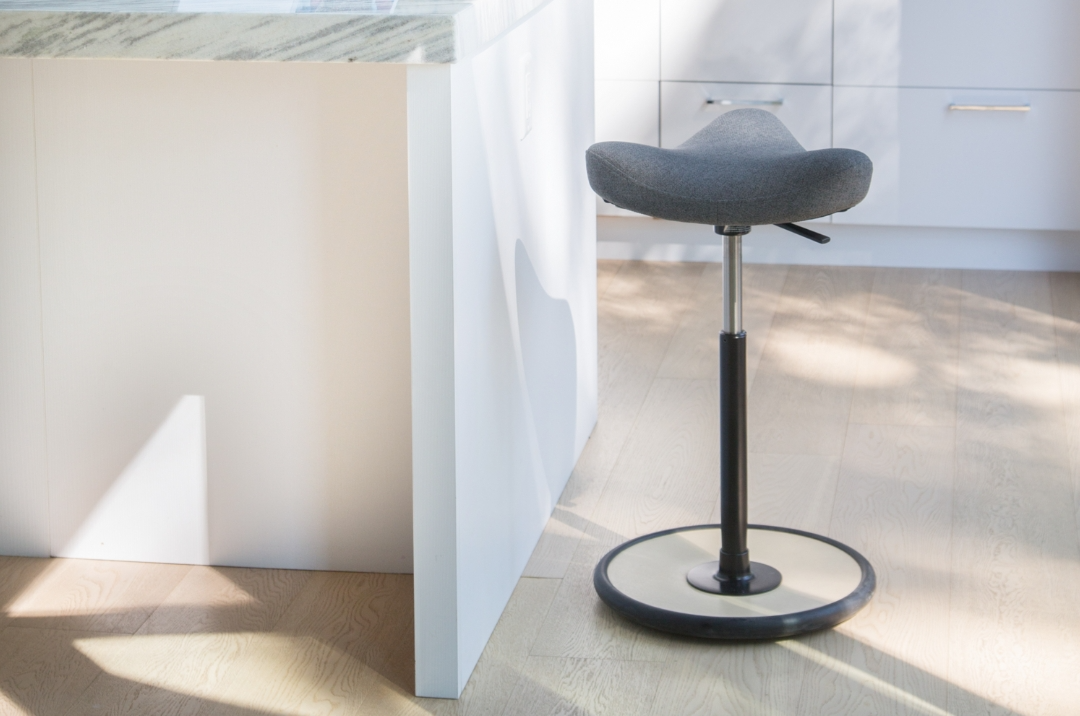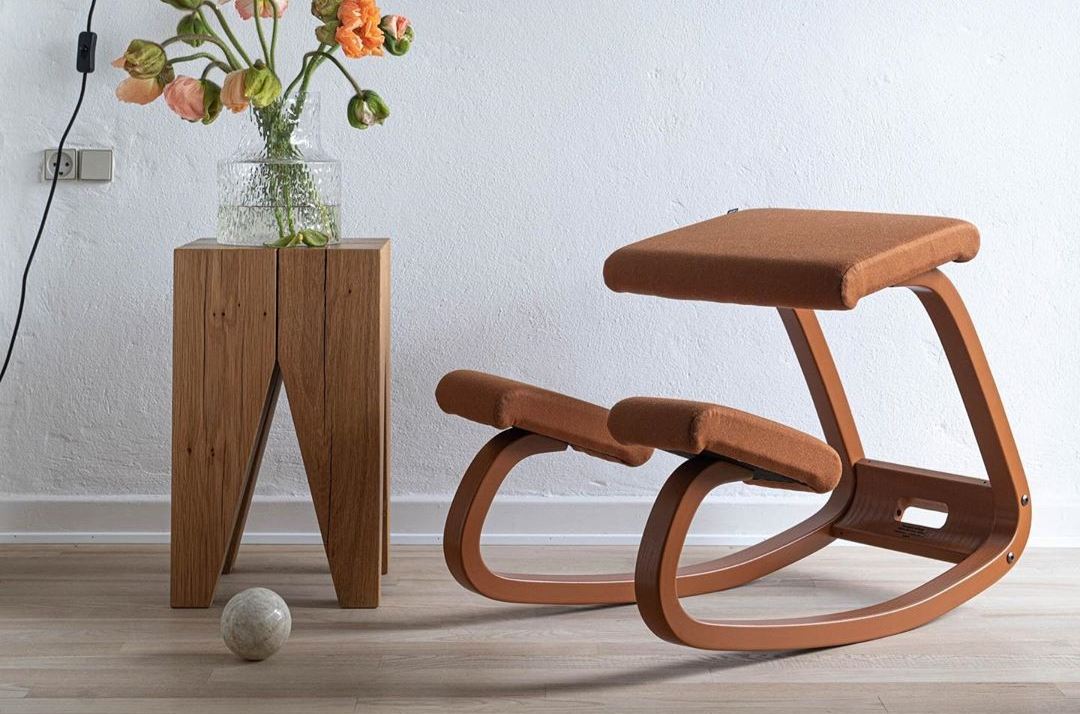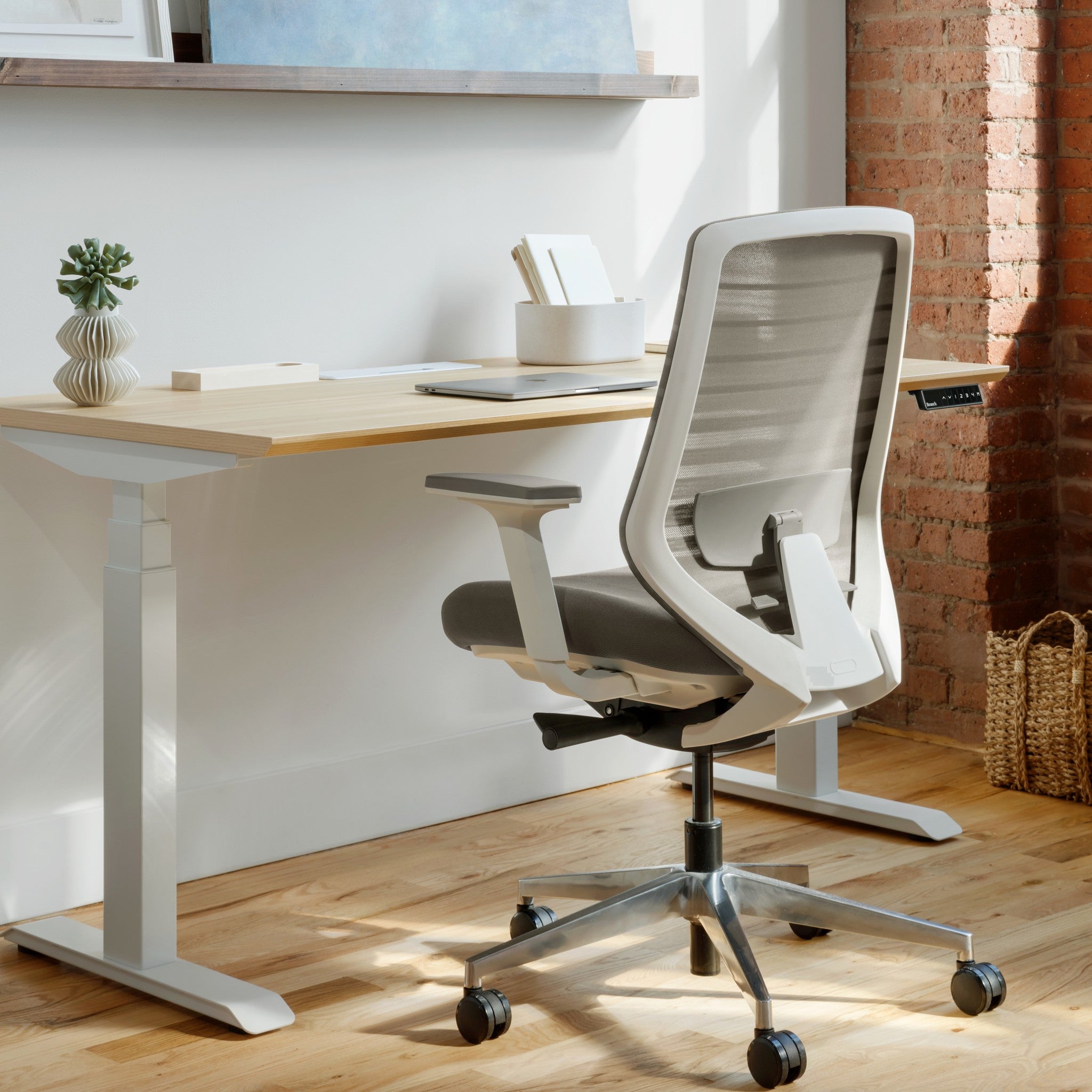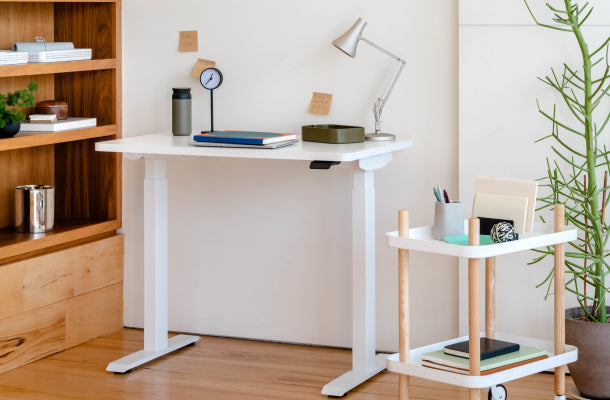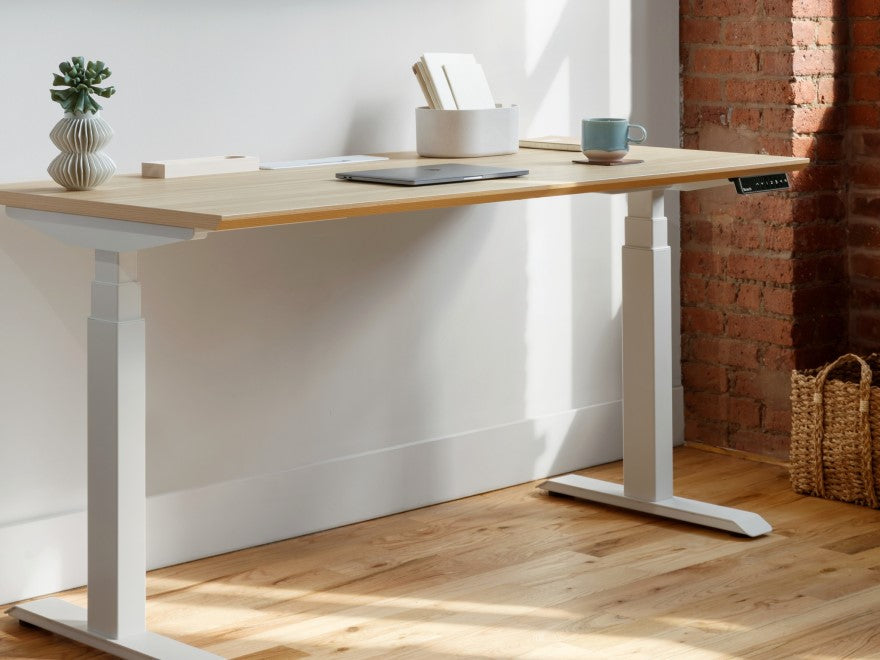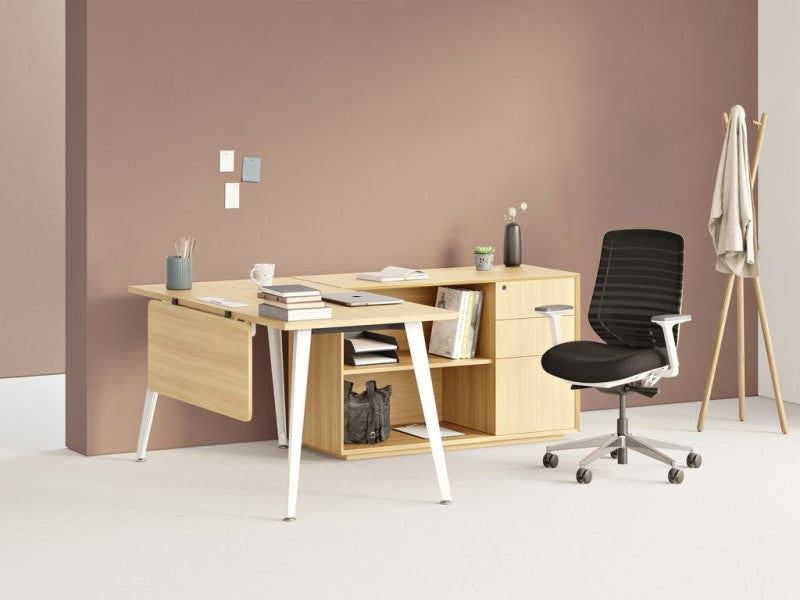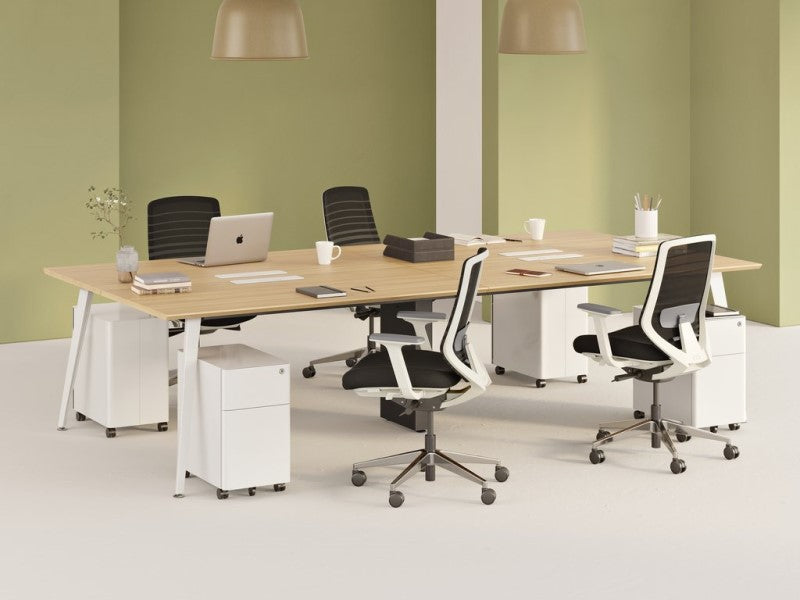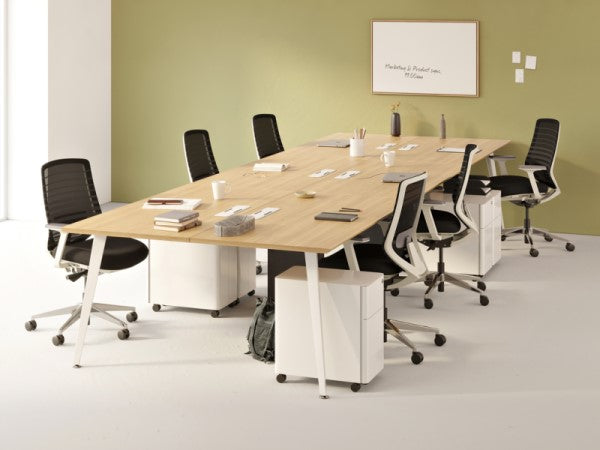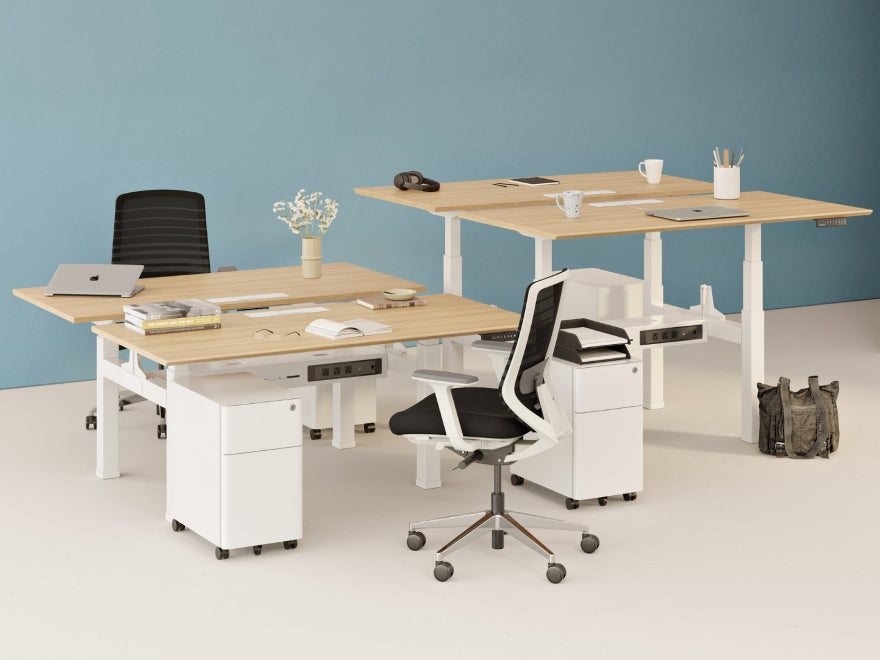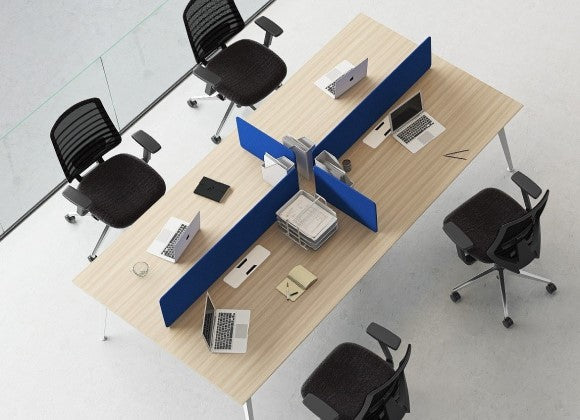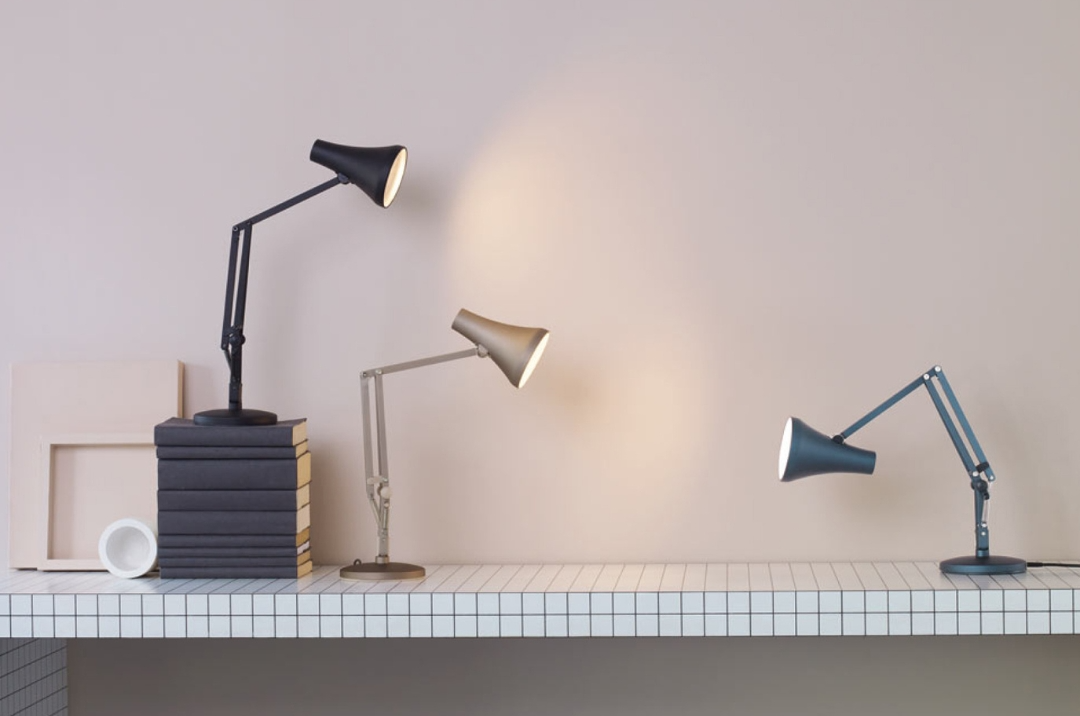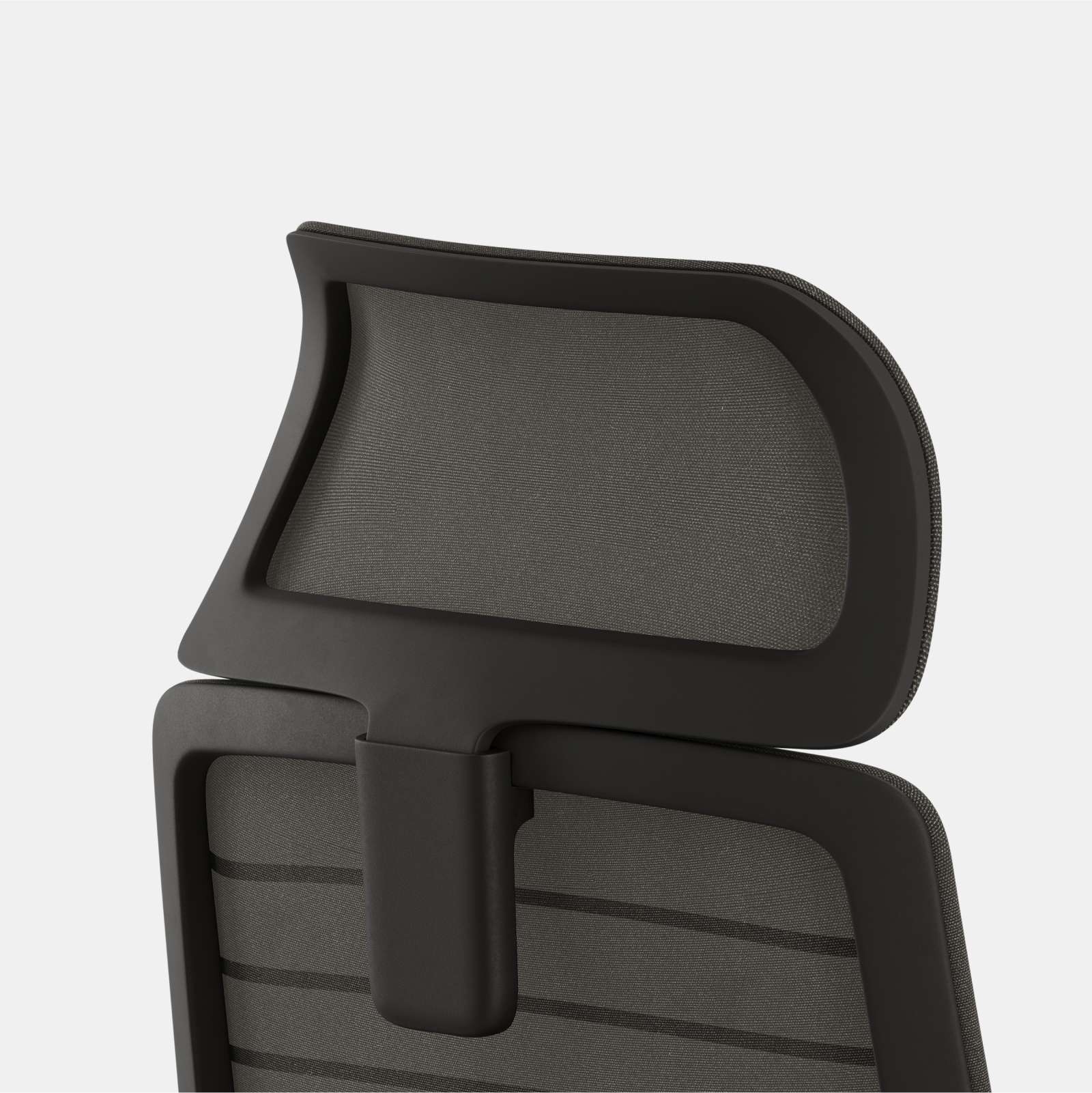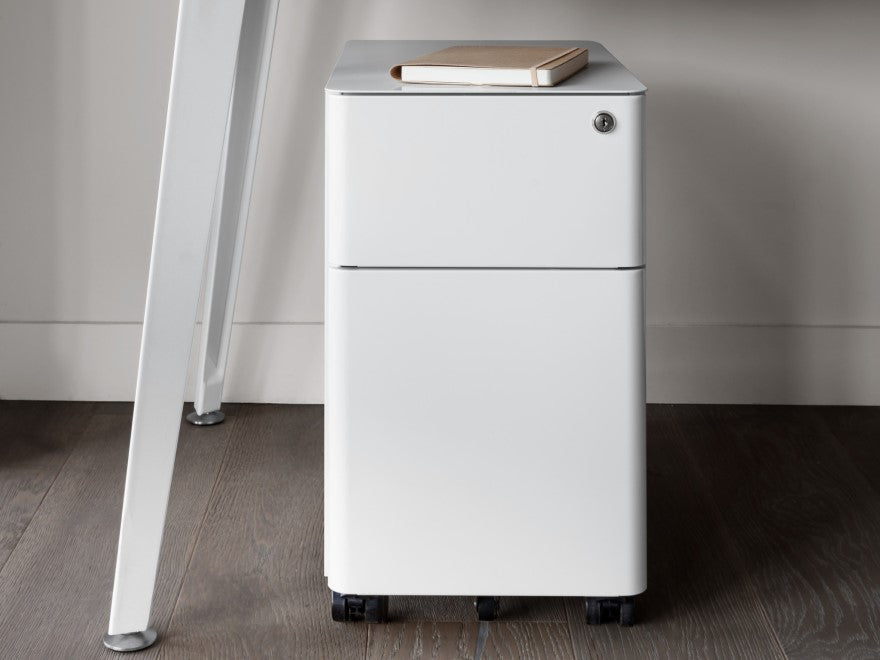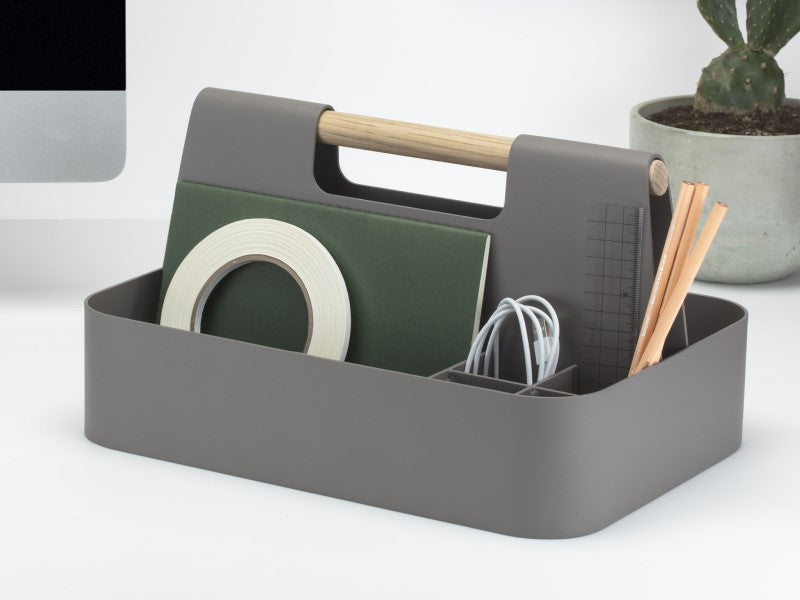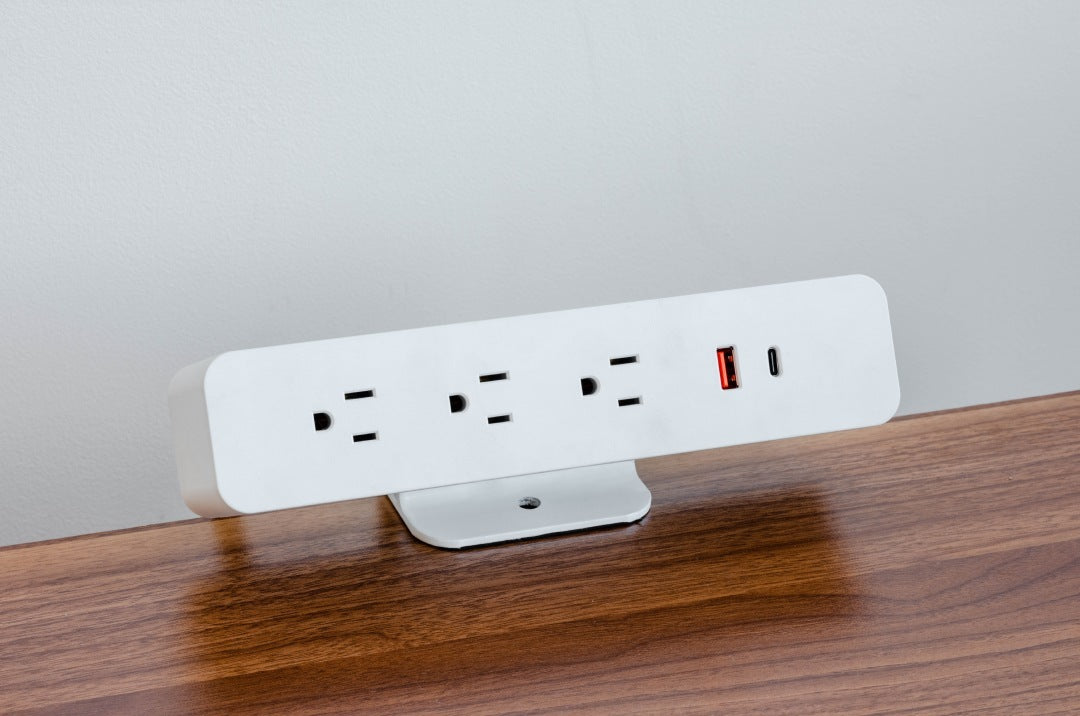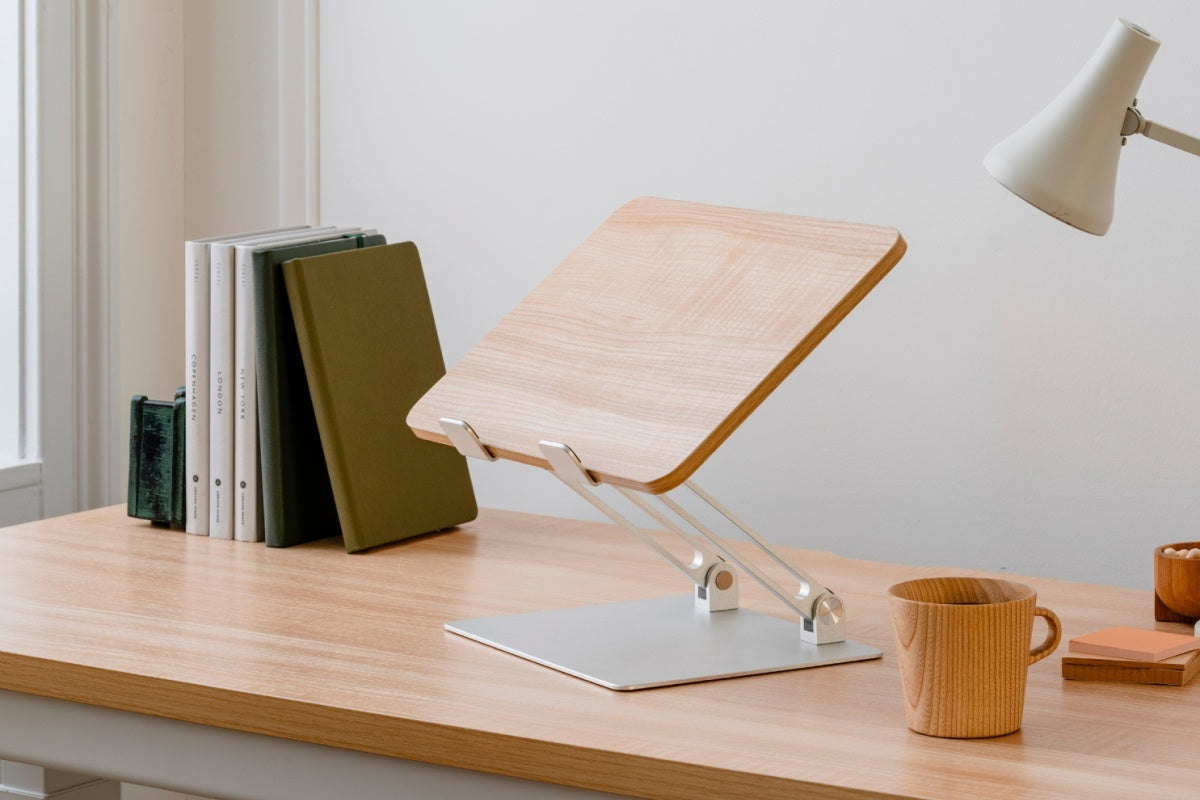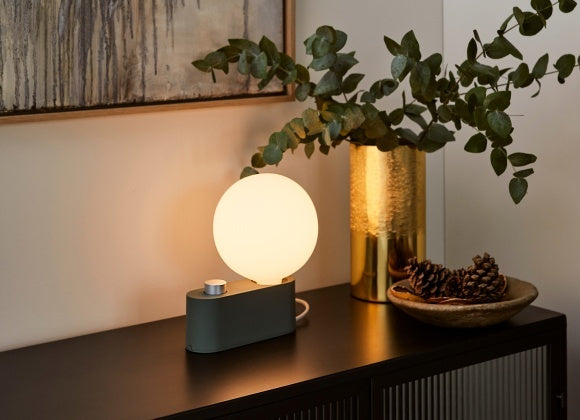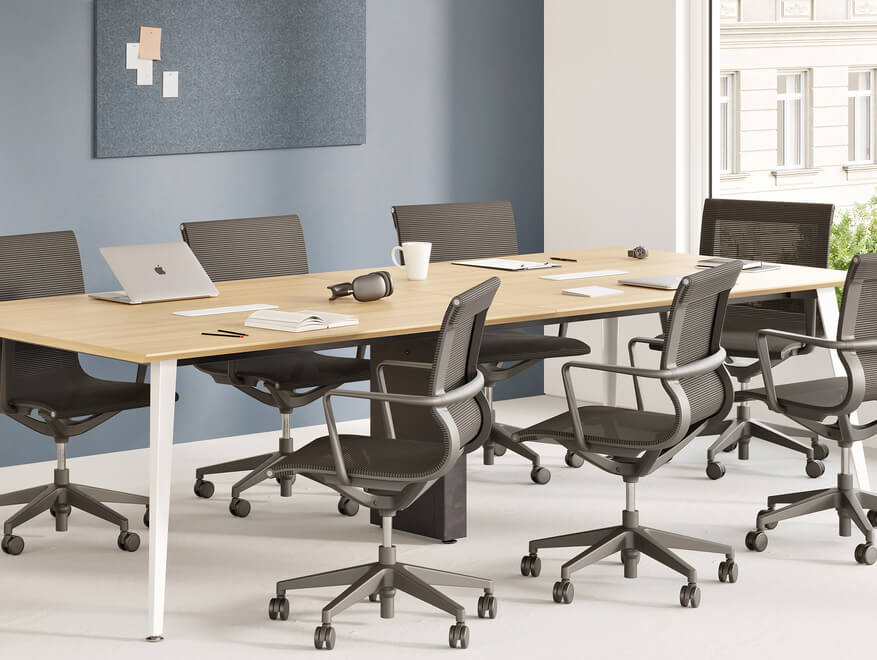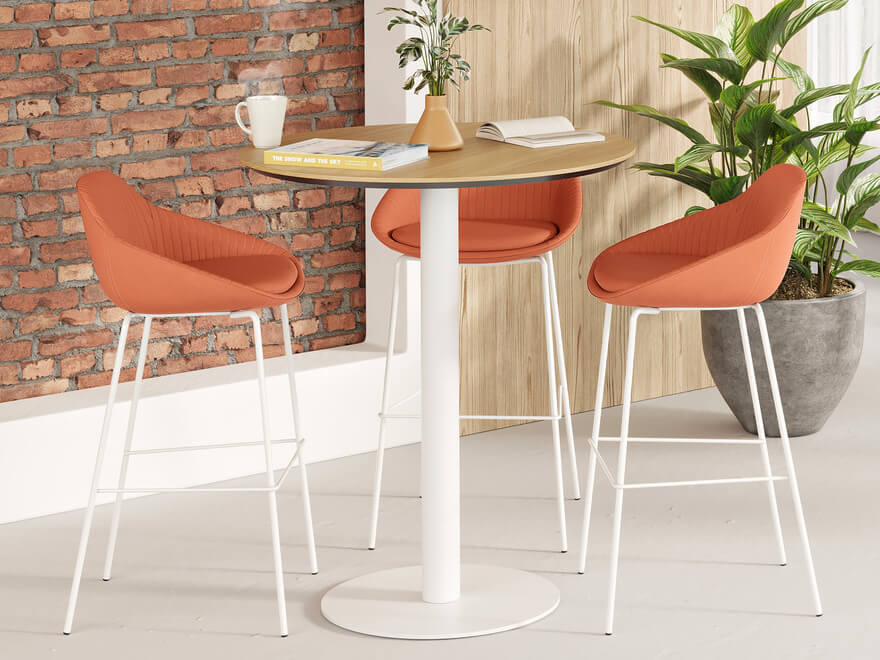Ready to transform your chair into a haven of ergonomic excellence. Let’s dive into the art of positioning your lumbar support.
Side note: it's recommended you follow these tips when you have a chair with an adjustable lumbar pad.
Finding the Natural Curve of Your Spine: Start by sitting at the edge of your chair. Now, with your feet flat on the ground, rock your pelvis forward and backward. Feel that? There's a spot where your spine seems to fall into a comfortable, natural curve. That's your lumbar sweet spot.
Adjusting the Height and Depth: Once you've located your lumbar sweet spot, adjust the height of the lumbar support on your chair to align with it. Remember, it should feel like filling in the curve of your lower back without pushing you forward. Some chairs also allow you to modify the depth of the lumbar support, so play around with it until you find the perfect fit.
Testing and Retesting: Just like finding the right pillow, the perfect lumbar position might require some trial and error. Give it a day or two. If you still fidget or face any of the symptoms we discussed earlier, it’s time for a little tweak.
Tips for Unique Posture Needs: If you have pre-existing back issues or a unique posture, consider investing in an adjustable lumbar cushion. These can be moved up or down, providing tailored support. Remember that the goal is to find a position where the support feels comfortable and natural.
Taking the time to properly adjust your lumbar support is more than just about comfort; it's about proactively caring for your health. After all, your back does a lot for you — it's about time you returned the favor.

